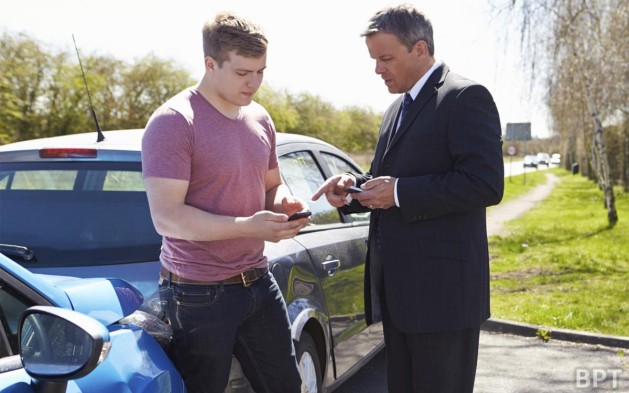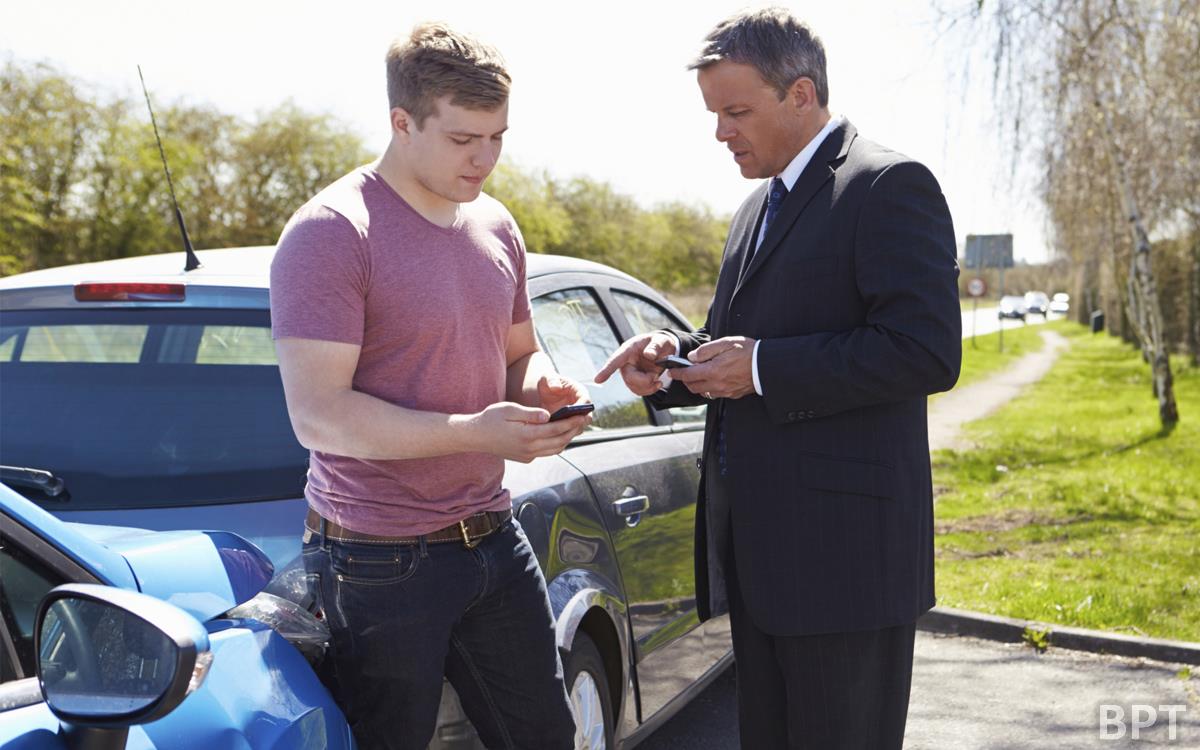
Though most states require drivers to have car insurance, there are still motorists who take their chances and drive without coverage or with insufficient coverage. Nationwide, an estimated 14 percent of drivers are uninsured, and, in a handful of states, that figure tops 20 percent, according to the Insurance Research Council.
States have threatened uninsured drivers with fines, license plate confiscation and other penalties. Some states are even using databases to better identify motorists who lack insurance.
Still, the problem persists, and it can be costly for responsible drivers who do have insurance.
If you have an accident with a driver who doesn’t have insurance or lacks sufficient coverage, you could find yourself on the hook for thousands of dollars in medical expenses and repair costs, regardless of who’s at fault.
Buying uninsured and underinsured motorists’ coverage can ease your fears and pay off if you have an accident. The insurance pays for medical expenses, lost wages and pain and suffering from injuries sustained in a car wreck. If you purchase uninsured motorist property damage insurance, you also get coverage for vehicle repairs and damage to valuables that were in your car at the time of the accident.
If a minivan smashes into your brand new SUV, causing $33,000 in damages, and the other driver’s insurance provides a maximum of $25,000 per vehicle for property damage, you could be stuck with the remaining $8,000 to repair your vehicle. Underinsured motorists coverage fills the gap if the at-fault driver’s policy limits are not adequate to cover your damages.
“The insurance provides a great deal of benefit for a modest cost,” says Charles Valinotti, a senior vice president with insurer QBE North America. Uninsured and underinsured motorists’ coverage typically costs from 6 to 9 percent of the total policy premium.
“If you are already paying for insurance, why wouldn’t you choose to protect your family with uninsured and underinsured motorists’ coverage?” Valinotti says. “Typically it only costs pennies on the dollar.”
Though states require drivers to have auto insurance, the liability requirements vary greatly from state to state. In states that have low minimum insurance requirements, drivers often don’t have the coverage to deal with a serious car accident. If you live in one of those states, you should verify what limit of uninsured and underinsured motorists’ coverage you have. Mississippi, Alabama, California, New Mexico, Arizona and Tennessee traditionally have had the highest percentage of uninsured motorists.
Depending on your state, it’s possible that uninsured and underinsured motorist coverage is mandatory on your policy. Talk to your agent to verify that you are adequately insured.
“Your agent can tell you what the requirements are in your state, and also if the uninsured and underinsured motorist coverages are already included within your policy,” Valinotti says. “Unfortunately, you can’t protect yourself from every disaster, but you can plan ahead by protecting yourself and your family with this coverage. It can provide financial benefits along with peace of mind.”



